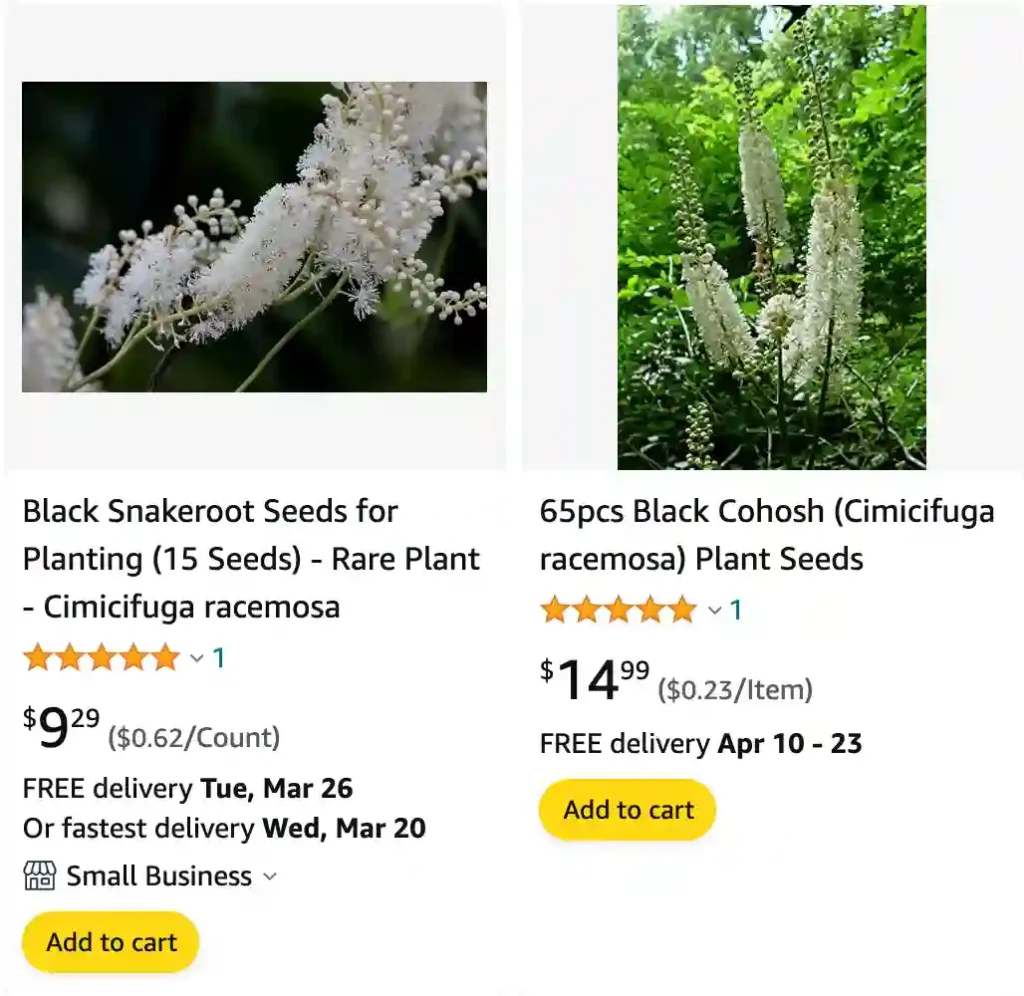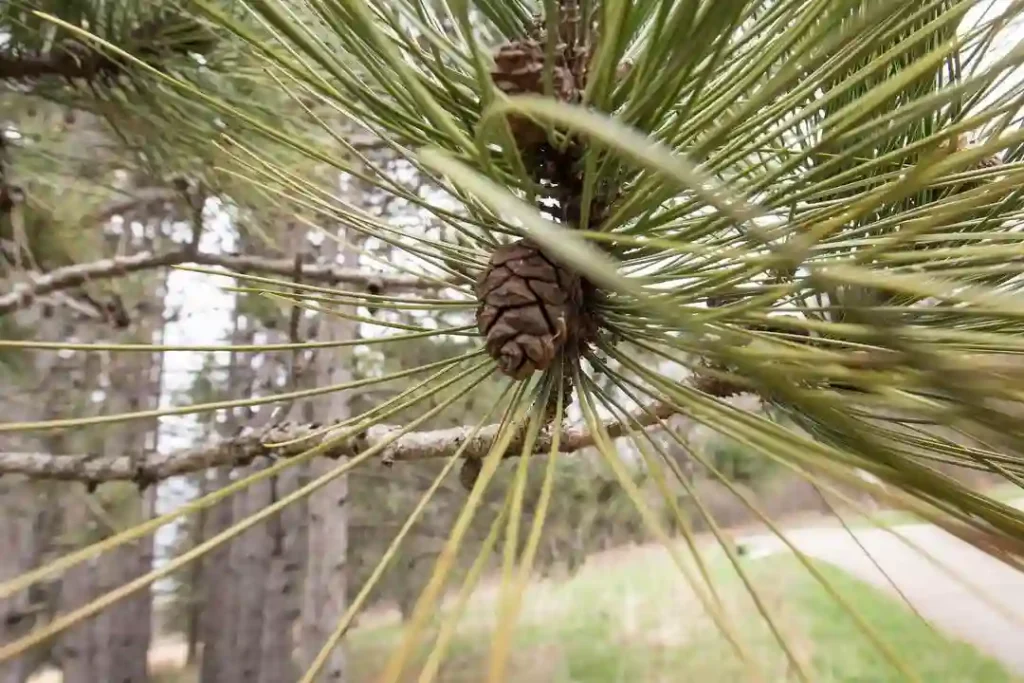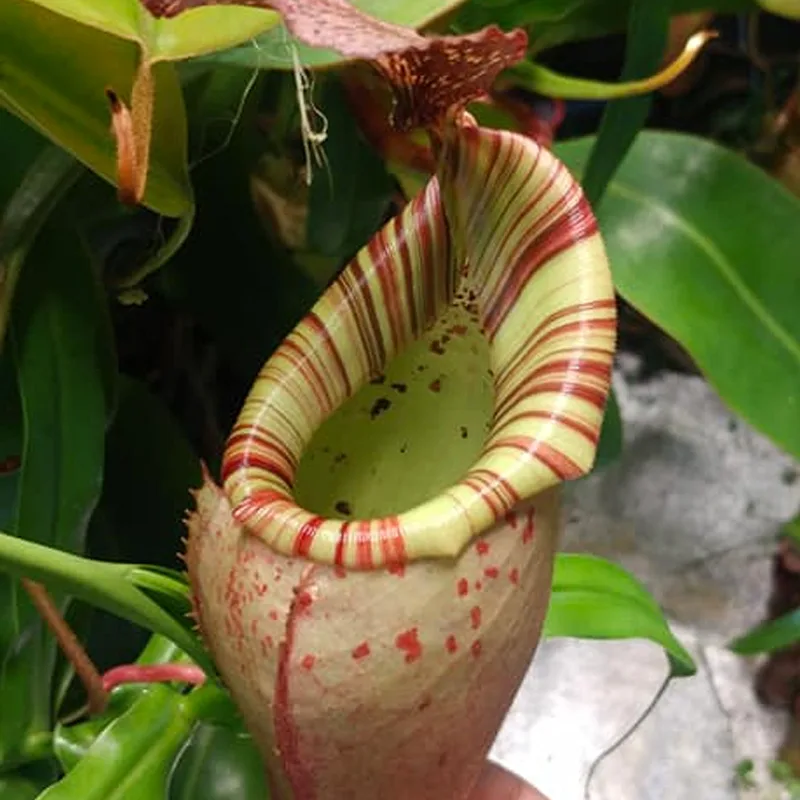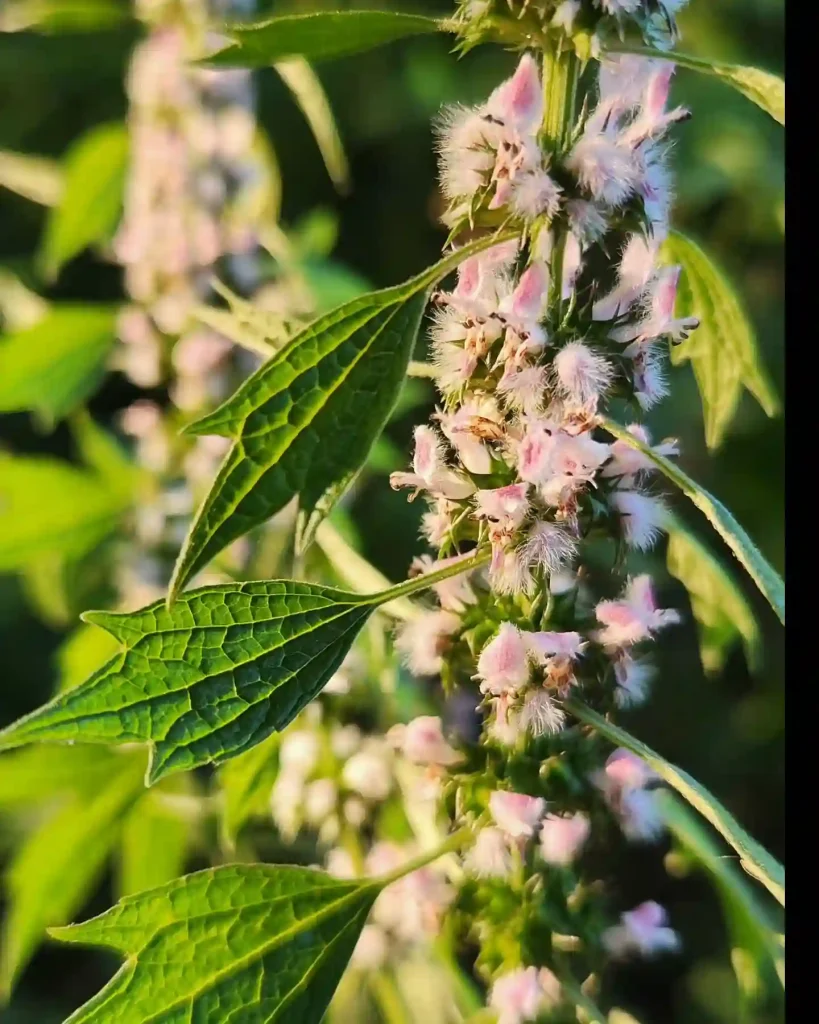
What is Cimicifuga?
Cimicifuga, also known as black cohosh or bugbane, is a perennial plant that thrives in shaded garden areas. It has tall, spiky flower stems and attractive, fern-like foliage. I love how it adds height and texture to my garden, especially with its white or pale pink flowers that seem to float above the leaves.
Cimicifuga vs Actaea
I’ve found Cimicifuga to be a bit more robust and forgiving in my garden compared to Actaea, which can be a bit finicky with its soil conditions. The tall, elegant spikes of Cimicifuga have always added a dramatic touch to my garden, whereas Actaea’s dark foliage and delicate flowers are beautiful but sometimes require more precise care to thrive.
Is Cimicifuga deer resistant?
One of the things I appreciate most about Cimicifuga is that it is deer resistant. In my garden, where deer can be a real problem, it’s a relief to have a plant that they generally leave alone. This makes Cimicifuga a reliable choice for adding beauty without the constant worry of it being nibbled away.
What is Cimicifuga used for?
Cimicifuga has a long history of medicinal use. Traditionally, it’s been used to treat various ailments, particularly related to women’s health, like menopausal symptoms and menstrual discomfort. I find it fascinating how plants can have such a deep connection to herbal medicine.
Can I plant Cimicifuga in spring?
Yes, you can definitely plant Cimicifuga in the spring. I’ve done this a few times, and it gives the plant a whole growing season to establish itself. Just make sure to keep it well-watered and plant it in a spot with rich, well-drained soil and some shade.
How to grow Cimicifuga?
Growing Cimicifuga is relatively straightforward. I plant it in a shady or partially shaded area with moist, well-drained soil. It’s important to keep the soil consistently moist, especially during dry spells. Mulching around the plant helps retain moisture and keeps the roots cool.
Is Cimicifuga better than Caulophyllum?
Comparing Cimicifuga to Caulophyllum, both have their uses, but it really depends on what you’re looking for. Cimicifuga is often used for ornamental purposes and medicinally for women’s health, while Caulophyllum, or blue cohosh, is another medicinal plant used for different purposes. Personally, I find Cimicifuga more versatile for my garden and health needs.
Is Cimicifuga poisonous to dogs?
Regarding its toxicity, Cimicifuga is not considered highly toxic to dogs, but I still keep my pets away from it. The plant contains compounds that can be harmful if ingested in large quantities, so it’s better to err on the side of caution.
Is Cimicifuga the same as Actaea?
Cimicifuga is now classified as part of the Actaea genus. This reclassification makes sense to me because the plants share similar characteristics and growing conditions. However, I still often see it referred to by its old name, Cimicifuga.
When does Cimicifuga bloom?
In my experience, Cimicifuga blooms in late summer to early fall. The tall flower spikes with their delicate, bottlebrush-like blooms are quite striking and add a lovely late-season interest to the garden.
When to plant Cimicifuga?
I usually plant Cimicifuga either in spring or fall. Both seasons work well, but planting in the spring gives the plant more time to settle in before winter. Fall planting can also be successful if done early enough to allow roots to establish.
When to transplant Cimicifuga?
When it comes to transplanting Cimicifuga, I’ve found that early spring is the best time. The plant is still dormant or just starting to grow, making it less stressful to move. I make sure to dig up a large root ball to minimize root disturbance and water it well after replanting.
Where to buy Caulophyllum and Cimicifuga?
I typically buy my plants, including Caulophyllum and Cimicifuga, from reputable garden centers or online nurseries specializing in native and medicinal plants. It’s important to choose a source known for healthy, well-cared-for plants to ensure the best success in the garden.




